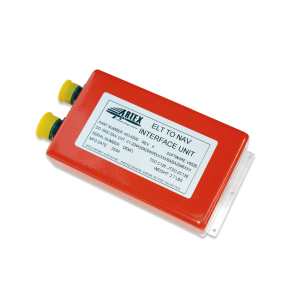Aviation
-
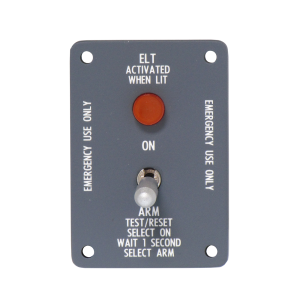
Remote Switch, LED Panel 453-0031
LED Panel Remote Switch
-
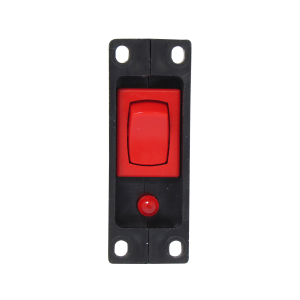
Remote Switch, ME406 ACE 455-0023
This remote switch contains a small, 5-year lithium battery that’s designed to power the LED of the remote switch, thus allowing the ELT system to be independent of the aircraft power. The back of the remote switch contains the connector for the already installed and re-used “telephone wire” of the ACK or Ameri-King ELT installation.The remote switch for ME406 ACE fits exactly into the cut-out of the ACK ELT remote switch on an aircraft’s instrument panel. However, for Ameri-King ELT system upgrades, the cut-out needs to be slightly adapted.
-
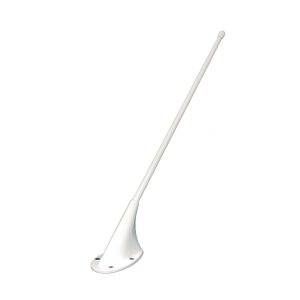
110-320 Rod Antenna
Tri-Band, Dual Input, 121.5, 243 & 406 MHz
-

110-323 Rod Antenna
Tri-band, Dual Input, 121.5, 243 & 406 MHz
-

110-324 Whip Antenna
Dual Band, with Inductor , 121.5 & 243 MHz
-

110-328-01 Blade Antenna
Tri-band, Dual Input, 121.5, 243 & 406 MHz
-
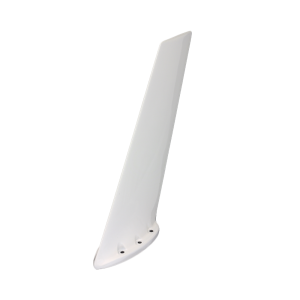
110-333 Blade Antenna
Tri-band, Dual Input, 121.5, 243 & 406 MHz
-
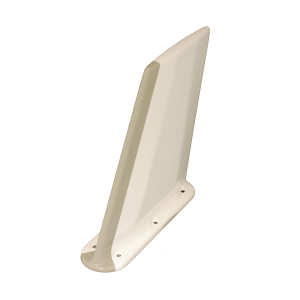
110-337 Blade Antenna
Tri-band, Dual Input, 121.5, 243 & 406 MHz
-
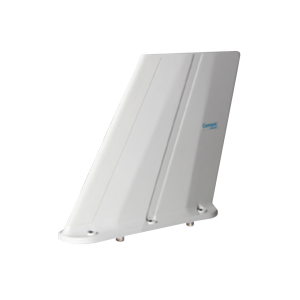
110-337-11 Antenna, 406 Blade
The 110-337-11 Antenna is equipped with our innovative Tri-Band technology, which brings the 121.5, 243, and 406 MHz frequencies into one compact package. This high-speed blade antenna offers two connectors for those installations that require this particular set-up. Plus, we offer two secure bonding methods for attaching this antenna to your aircraft: screw mounting or base plate mounting. Like all our equipment, this antenna is designed to meet industry standards. This product is compliant with TSOA C91a requirements and the Eurocae ED 62 flame test.
-

110-338 Rod Antenna
Tri-band, 121.5, 243 & 406 MHz
-
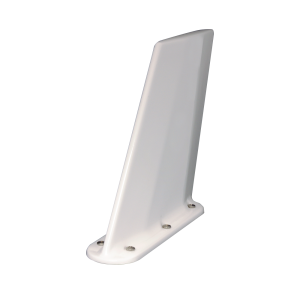
110-340 Blade Antenna
Tri-band, 121.5, 243 & 406 MHz
-

110-341 Blade Antenna
Tri-band, 121.5, 243 & 406 MHz
-
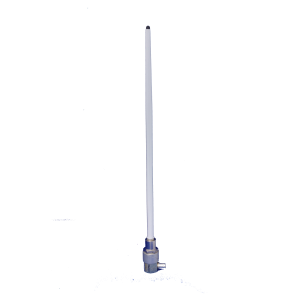
110-343 Whip Antenna, Tri-band
Whip Antenna, Tri-band, 121.5, 243 & 406 MHz Available in two models: – 110-343 (white) – 110-343-01 (black)
-

8603 Rod Antenna, Tri-band
The ARTEX 8603 Rod Antenna is reinforced with glass and a polyester housing that covers our innovative Tri-Band technology, effectively bringing 121.5, 243, and 406 MHz frequencies in one compact package. This highly efficient antenna provides a single BNC connector for those installations that require a single connector set-up.
-
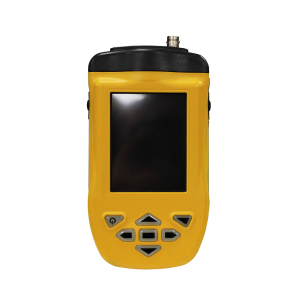
TS 8701 – Tester Set
The ARTEX 8701 Tester is the only system you need to test and verify all ARTEX ELTs. Its compact, portable design makes it convenient to keep on hand so you can easily test any ELT, any time.
-
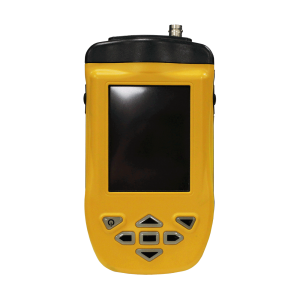
TPS 8700 – Test and Programmer Set
The TPS 8700 is a rugged, compact, and portable system that allows for the programming, verification and testing of all ARTEX ELTs.
-

TPS 8715 – Test and Programmer Set
The ARTEX TPS 8715 allows for the verification, testing and programming of the ARTEX General Aviation line of ELTs.
-
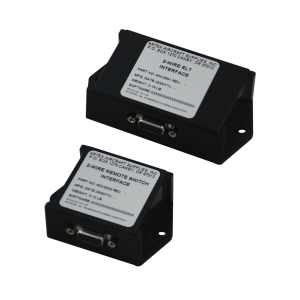
2-Wire ELT/RSWT Interface
The 2-Wire Remote Interface is a follow-up to the ME406 ACE ELT. The ME406 ACE emergency locator transmitter is a replacement for current ACK or Ameri-King 121.5 MHz ELTs, and comes complete with a remote switch and adapters to utilize existing wiring. The 2-Wire ELT/RSWT Interface uses just two of the existing wires from the wiring harness to connect the new cockpit remote switch to any of the 406 MHz series of ELTs.
-

ELT to Nav Interface Boeing
When you’re facing an emergency situation, have peace of mind knowing that with the ELT to Nav-B Interface, search and rescue teams will have the knowledge of your position (within 100 meters). The ELT to Nav-B Interface is designed to be connected between the aircraft’s Flight Management Computer (FMC) or GPS receiver, and the B406-4 (Boeing) ELT. This device receives continuous position updates from the aircraft’s navigation system, and then translates it for use by the ELT. If you should need to activate your ELT, your aircraft’s latitude and longitude will be transmitted to a worldwide network of search and rescue satellites.
-

DGL-1
With the Artex DGL-1 programming dongle, fleet operators will be able to efficiently transfer ELTs from aircraft to aircraft. The DGL-1 is a perfect match for the operator who wants auto-programming capability, but does not desire the position data function of the Artex ELT/NAV Interface. The DGL-1 comes attached to a top cover, which, along with the dongle, remain with the aircraft. When an ELT is installed, the DGL-1 re-programs the ELT with the aircraft’s 24-bit address. Bottom line: this device greatly simplifies maintenance and reduces downtime.
-

ME406 ACE ELT
Have peace of mind with an Emergency Locator Transmitter (ELT) by your side. The ME406 ACE is a single-output ELT that’s designed to make installation simple. Backed by the support of a 6-year battery life, the ME406 ACE is an ELT you can count on to have your back, should you be faced with an emergency. If you should ever have to activate the ELT, the 406 MHz transmitter sends an encoded signal every 50 seconds to alert search and rescue teams of your location, so they can more easily bring you home.

-
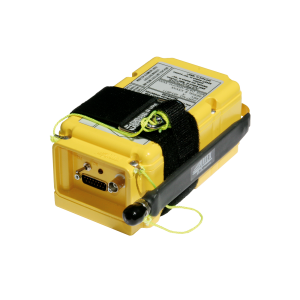
ME406 Portable ELT
Soar safely through the skies with the single-output ME406 Portable ELT by your side. If you should ever have to activate this ELT, the 406 MHz transmitter sends an encoded signal every 50 seconds to alert search and rescue teams of your situation. Plus, should circumstances require you to move away from your aircraft and to a more protected or accessible area, the wrap-around auxiliary antenna will continue to transmit your distress signal, even after the ELT has been removed from the aircraft.

